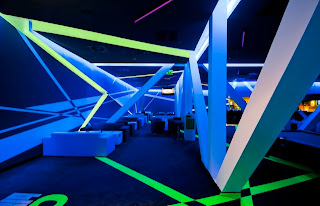





Images sourced from http://www.edwardburtynsky.com/index.html
“We come from nature so we must not harm it as we will only end up harming our selves.” Edward Burtynsky
Manufactured Landscapes is a documentary observing the photographer Edward Burtynsky as he explores China’s industrialization. Manufactured Landscapes depicts the industrialization of China in a surreal and scary way but Edward Burtynsky manages to paint a beautiful picture of the horrors of industrialization with his photography. The film goes through many stages and processes of manufacturing from large scale factories, recycling of computer components in China and ships in India, large scale metropolises to the worlds largest dam the Three Gorges Dam located in the Yangtze River. The dam is 5 times wider than the Hoover Dam in the U.S.
The film really shows the ugly side of China’s growth. 13 cities were demolished by the owners them selves who were paid by the government to allow for the completion of the Three Gorges Dam. This is to allow clear access for the bottom of ships clearing any obstructions. The fourth image shows the demolition of a city. China’s ethic in this film seems to be the destruction of tradition to allow the construction of the high rise contemporary metropolis. The fifth image shows alone house belonging to an elderly lady who didn't want to move for the developers so they merely demolished everything around her except her home which is left standing in amongst the rumble.
The main theme from this video is that industrialization is clearly not a good thing for the environment. Not just in China but for the rest of the world. China was used for the subject of the film as its growth is unprecedented. After Mao’s rule had ended in 1959 China contained 90% rural areas and 10% urban whilst in the modern day or at least when this film was made china was 70% urban and 30% rural. We live in an uncomfortable bubble at the moment where we can see the worlds changing but we don't want to change. Its not as simple as right or wrong it needs a whole new way of thinking.
“I look at the industrial landscape as a way of defining who we are. Its part of our politics and economy; it is a landscape but its a different landscape.” Edward Burtynsky































